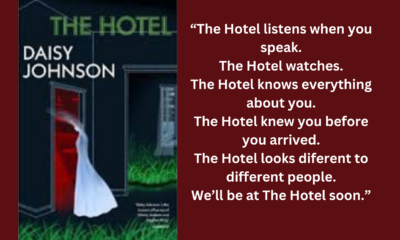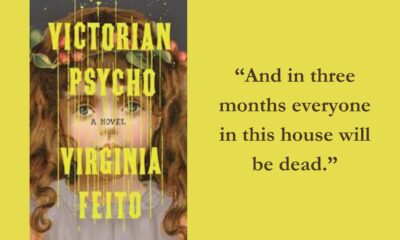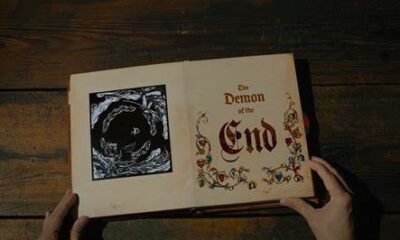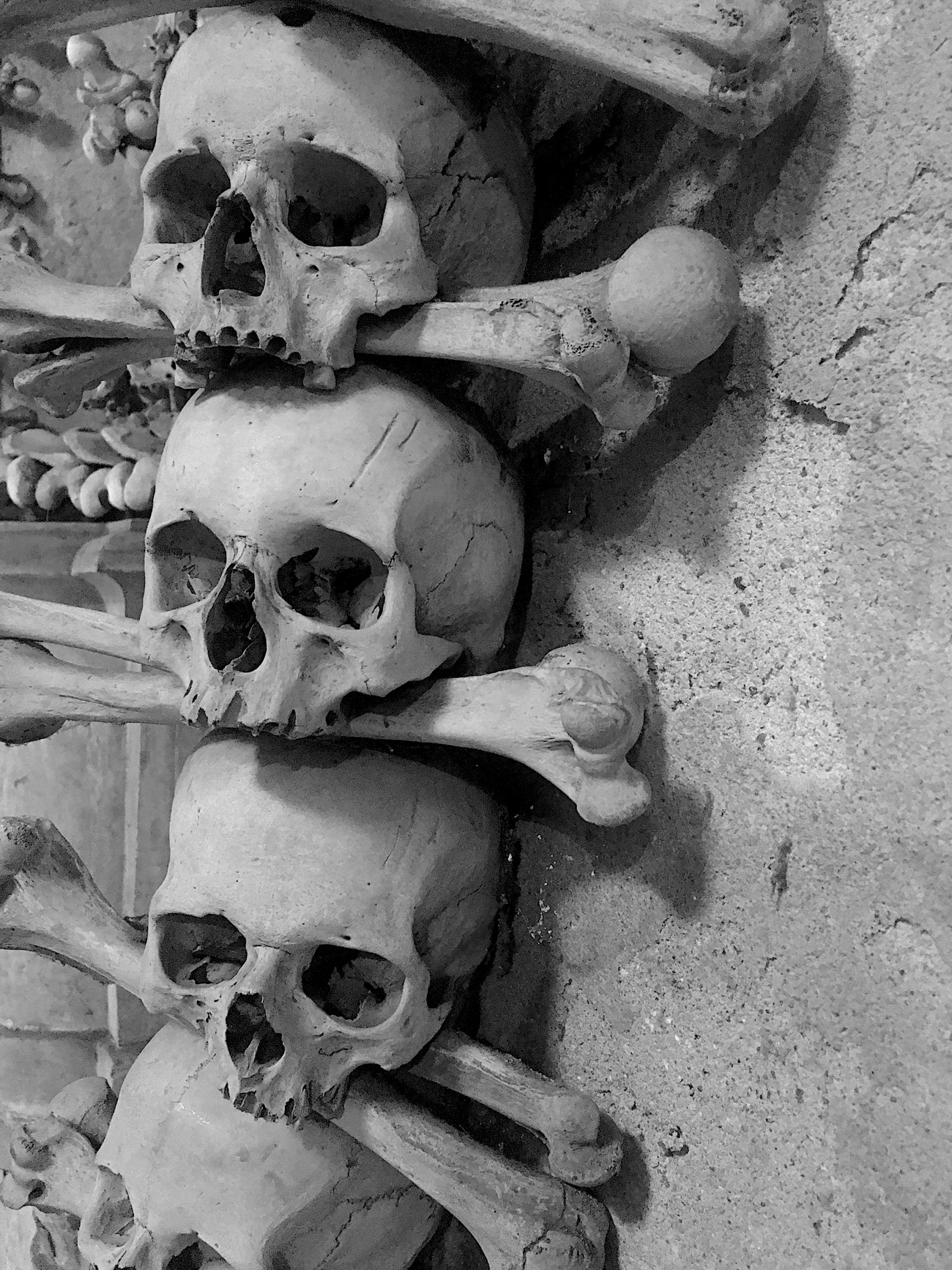
Summer of Reading: CourtCourt’s Recommendations
Novels, short stories, comics and more.
More Videos
Published
5 years agoon
By
Court CourtWell folks, it’s July: we’re now halfway through this year. These past few days I’ve been reminiscing through some old travel photos (peep my old friends from the Sedlec Ossuary above). Since traveling is a bit out of the question right now – at least for us living here in the United States – I decided reading is the second closest thing to it. I now present you with a list of summer recommendations to read the hot days away. These ten books are just a few of my scary favorites.
The Between by Tananarive Due
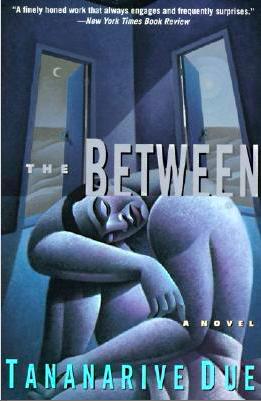
“Hilton was seven when his grandmother died, and it was a bad time. But it was worse when she died again.”
The Between pg. 1
If you’re not reading Tananarive Due, you need to get on it. The Between is her debut novel, and an astounding one at that. She has been and continues to be a pivotal voice in horror, using it to scrutinize and condemn racism and oppression that often dwell in the genre. In the Between, we follow Hilton, a thirty year old man haunted by death, nightmares and unnatural realities. When his wife, Dede, receives racist threatening letters from a man she once prosecuted, Hilton makes it his mission to find the man terrorizing his family. But what if the truth is not even from this world?
Things We Lost in the Fire by Mariana Enriquez
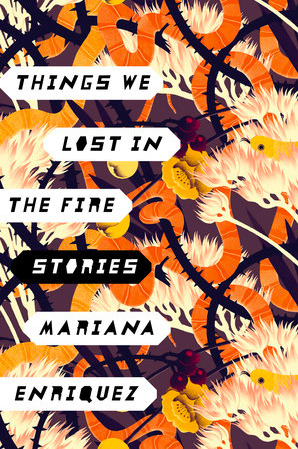
There is a lot of South American horror we need to keep our eyes on, and Things We Lost in the Fire is one of them. Translated in English by Megan McDowell, Mariana Enriquez takes us to Argentina with eerie stories of black magic, ghosts, history, violence and political deceit. This short story collection, infused with different aspects of horror from cosmic and gory to gothic and psychological, is a force to be reckoned with.
The Farm by Joanne Ramos
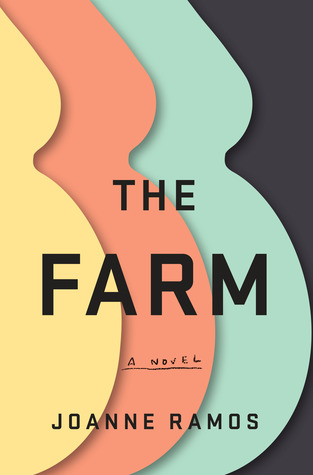
The Farm is dystopian thriller about race, families and capitalistic control. The story takes place in a fictional facility called Golden Oaks, aka “the Farm,” where women live as surrogates for wealthy clients. Once the women enter the facility, they belong to the Farm and all their autonomy is gone. The novel follows four women in the facility, and Ramos details their experiences in suspenseful and jarring prose.
Poso Wells by Gabriela Alemán
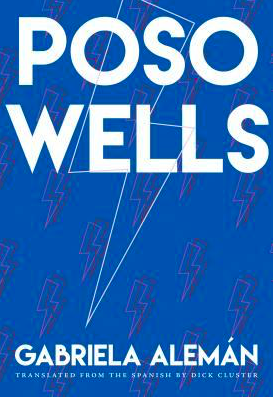
This is a fast-paced feminist eco-thriller. Women in Poso Wells continue to disappear. But the political leaders of the settlement couldn’t care less; their only concern is the upcoming election. When the leading presidential candidate and his posse are electrocuted, dark mysteries and secrets unveil an even more horrifying reality. Translated from Spanish to English in 2018, this book uses elements of horror, sci-fi and humor to tell a tale just as relevant now as it was when Alemán wrote it in 2007.
Satanic Panic: Pop-Cultural Paranoia in the 1980s edited by Kier-La Janisse and Paul Corupe
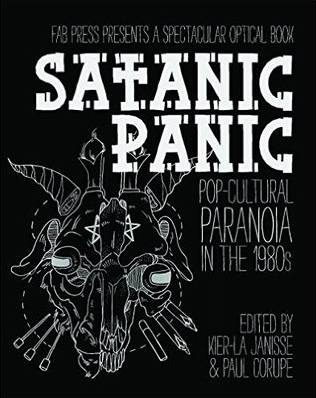
The Satanic Panic, one of the world’s many moral panics, was a tumultuous time that impacted much of the English speaking world. While parents feared D&D and heavy metal, lies and misinformation ruined the lives of countless people, including young adults (e.g. the West Memphis Three) and teachers. Satanic Panic: Pop-Cultural Paranoia in the 1980s is a collection of visual and written accounts from various people who experienced this unforgettable era. Photographs and essays of horror movies, Christian comics, board games and religion are just the cusp of this extensive anthology.
Monstress by Marjorie Liu and Sara Takeda

Monstress is a beautifully illustrated steam punk horror-fantasy comic series. There are currently five volumes, but here’s a simplified plot: Set in 1900’s Asia, Maika struggles with the trauma of war while fighting to control her psychic link to a powerful monster. The story is filled with an array of magical creatures, demons, humanoid wolves and talking cats with big personalties. There is so much to love about this dark and inventive comic. I couldn’t put it down.
Preacher (Complete Collection) by Garth Ennis and Steve Dillon

The entire Preacher series is difficult to describe in only one paragraph, so I’m going to do it in two. In short, the story is about preacher Jesse Custer, Tulip O’Hare and Irish vampire Cassidy, all on a mission to literally find God and ask him, “Hey God! What’s the big idea? Why’d you dip out when a demon and angel procreated a creature named Genesis? The world is kind of a crapshoot right now, man. Thanks for nothing, you piece of shit.” (Okay not verbatim but you get the idea.) But that’s only the big, vague picture. Preacher is encapsulated with fantastical story arcs and virtually everything you could ever want in a comic book series: sibling cannibals, Arseface, serial killers, political Vatican cults, Jesus on a bicycle.
Now, how you feel about religion may impact how you feel about Preacher. From a religious perspective, the best way to describe the series would be “blasphemous.” If you’re like me, blasphemy might be one of the reasons you love it (where are all my lapsed Catholics at?). Preacher is by no means a perfect comic – at least by my standards – as there are some themes and moments that are… problematic. But then there are many times where the series was well ahead of its time, sometimes even a little progressive given that it was published from 1995 to 2000. But my most favorite part of all is the art. Even when the dialogue goes a bit on an endless tangent, Dillon’s illustrations always make up for it. They are detailed, colorful, exciting and wonderfully disgusting. Preacher is just so damn fun to read, and reread, and rereread… I recommend you join the fun.
Get in Trouble by Kelly Link

Get in Trouble is another fantastical short story collection by Kelly Link. In this collection, she creates magnificent worlds filled with ghost boyfriends, demon lovers, pocket universes and microchipped teenagers. While every story is a standout, my favorite is “I Can See Right Through You,” a story filled with Ouija boards, movie stars and murder. Exhilarating and spooky, Get in Trouble is unforgettable.
Her Body and Other Parties by Carmen Maria Machado
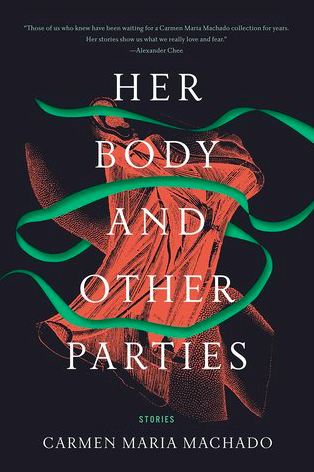
Machado shows just how incredible of a writer she is in her 2017 debut. Her Body and Other Parties is the winner of both the Shirley Jackson Award and National Book Award. The collection consists of eight stories, each encapsulating elements of body horror, magical realism, apocalypses and science fiction. In haunting prose, Machado illuminates the outlandish, yet very authentic, realities that strike women’s lives and their bodies.
The Shining Girls by Lauren Beukes
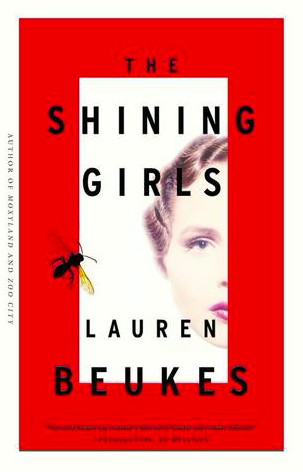
Shining Girls is the story of a time traveling serial killer named Harper Curtis. When Curtis finds a House in 1930’s Chicago, he travels through centuries to destroy the lives of shining girls. With limitless ability to escape the scenes of his crimes, he’s never been caught. But when one of his victims, Kirby Mazrachi, escapes, it’s now Harper’s turn to fear for his life.
Beukes has a knack for writing serial killers. Shining Girls is a genre bending exploration of fantastic histories and a condemnation of violence against women.

What are you reading this summer?
Tell us in the comments, we want to know! And while you’re at it, make sure to check out more of what we’re reading here at Haunted MTL.
*Cover photo and final photo taken by CourtCourt, May 2019.
*Book photos screenshot from Goodreads
CourtCourt is a writer, horror enthusiast, and may or may not be your favorite human-eating houseplant.

You may like
Book Reviews
The Hotel: We’ll All Be There Soon.
Published
2 weeks agoon
March 17, 2025By
C M ReidDaisy Johnson’s, The Hotel is a collection of stories that tell the tale of a hotel built on cursed land. Originally written and recorded as a series for BBC Radio 4 in 2020, (you can find the recordings here https://www.bbc.co.uk/programmes/m000mrcg/episodes/player )
The fourteen-story collection was released in hardcover in 2021. Johnson’s prose is haunting, weaving together the stories of generations of families who have been tempted, forced, or serendipitously dumped at The Hotel. Most leave the message, “I’ll be there soon,” and many disappear from room 63.
- ‘The British literary heir to Stephen King’ Johanna Thomas-Corr, Sunday TimesA triumph of contemporary horror from the Booker Prize-shortlisted author, this collection of short stories will haunt you long after you turn the final pageA place of myths, rumours and secrets, The Hotel looms over the dark Fens, tall and grey in its Gothic splendour
- Built on cursed land, a history of violent death suffuses its very foundations –yet it has a magnetism that is impossible to ignore
- On entering The Hotel, different people react in different ways
Last update on 2025-03-17 / Affiliate links / Images from Amazon Product Advertising API
The Plot.
The Hotel tells the stories of the people who are drawn to The Hotel, or, more accurately, the ground the hotel is built on. The first story explains what we know about the hotel, its tendencies, moods, and … hobbies. We are then introduced to Mary Southgraves, ‘The Witch’, who comes to live with her husband on the land on which The Hotel will be built. The villagers in the pond drown her for predicting a sickness that takes the village children, (no this is not a spoiler she tells you she dies on the first page of her chapter.)
The proceeding chapters build upon this story. We meet the workers who are brought in to fill the pond to begin construction. A child of a guest in 1968 who meets another girl who may or may not actually be there. A maid who takes part in séances and Ouija board sessions. The stories progress through time into the present.
Highlights.
The haunting prose of The Hotel does the majority of the heavy lifting for this collection, which makes sense since it began as a podcast series. Johnson’s prose leans towards poetry, albeit more Poe than Keats.
The repetition of specific characters and family names throughout the different stories was intriguing, giving the stories links. These links trigger a sense of recognition for the reader. There is also a sense of anticipation, knowing what has happened to these families already, we wonder how much more they can withstand. The Hotel is like a curse following these families, but I think Johnson is commenting on lineage and the consequences of past actions. The sins of the father and all that.
- Fifteen highly original and darkly unsettling supernatural stories, performed by some of Britain’s finest actresses ‘This is what we know about The Hotel
- It is bigger on the inside than on the outside
- Do not go into Room 63
Last update on 2025-03-17 / Affiliate links / Images from Amazon Product Advertising API
Drawbacks.
These stories can get confusing at times and I think this is due to the briefness of the stories. It’s hard to keep track of a character that you have spent four pages with and remember them three stories later. I found myself having to stop and turn back to check if that person was who I thought they were. This pausing to turn back interrupts the reading experience. It pulls you out of the story and destroys the atmosphere that Johnson has worked to create.
The Final Take.
The Hotel was an interesting read. Johnson is a talented writer who has published a collection of linked stories that will keep the reader turning pages if only to find out the final fate of these families. That being said, it is obvious that the stories were initially written for a podcast. I’m not sure if it’s the way they are put together or… I don’t know, there’s just something ‘podcasty’ about them. As such I would recommend listening to the audio episodes (see the link above) over reading the book.
 (3 / 5)
(3 / 5)
On Halloween in 2016 Josh Malerman, author of Bird Box, released A House At The Bottom Of A Lake (gosh this is a hefty title!). Last week, I picked this slim book up off my library’s Adult Horror shelves, not knowing what to expect. What I got was a novella that should have been shelved in the teen lit section. Perhaps it is the rather weird underwater sex scene that precludes it from those shelves.
- From the New York Times bestselling author of Bird Box and Malorie comes a haunting tale of love and mystery, as the date of a lifetime becomes a maddening exploration of the depths of the heart
- “Malerman expertly conjures a fairy tale nostalgia of first love, and we follow along, all too willingly, ignoring the warning signs even as the fear takes hold
- ”—Lit Reactor The story begins: young lovers, anxious to connect, agree to a first date, thinking outside of the box
Last update on 2025-03-10 / Affiliate links / Images from Amazon Product Advertising API
The Plot.
When James asks Amelia out on a date during summer break, canoeing was the last thing that she expected. Borrowing his uncles canoe, James hopes he can show Amelia an exciting time, because he really likes this girl! The date starts well and the conversation, if stilted at times, is banter-ey and cool.
They head out on the first lake, but James has an idea that they might have a better time on the lake that joins to this one. It is quieter, no speed boats to show him up, they’ll be able to eat their picnic lunch in peace and quiet. When they arrive, though, they notice a tunnel, that may lead to a third lake. Eager to show Amelia that he is an exciting kind of guy, James heads through the tunnel.
Lo and behold, it is another lake! Albeit, a bit murky and deserted, but that’s alright. That is until they notice that beneath the bow of the boat is a tiled roof. Beneath that tiled roof is a whole house. What ensues is a summer of falling in love and exploring a sunken house that may not be as empty as they thought.
Highlights.
Malerman writing the internal monologue of an angsty seventeen-year-old on a first date is one of the most authentic things I’ve read for a long time. Even down to James worrying about revealing that his dad owns the hardware shop he works in. Scared that Amelia will think that is all he is going to do with his life.
The ending (which of course I cannot discuss here) was well done, although a little contrived and predictable. It felt as if it had been almost tacked on the end as an afterthought. Perhaps Malerman finished the story without the final chapter, but was encouraged to add that last bit to give readers some closure
- “A book that demands to be read in a single sitting, and through the cracks between one’s fingers
- There has never been a horror story quite like this
- Josh Malerman truly delivers
Last update on 2025-03-10 / Affiliate links / Images from Amazon Product Advertising API
Drawbacks.
Malerman is a good writer, we have seen this in the many novels he has released since Bird Box. A House At The Bottom Of A Lake did not meet the usual standard. There are many reasons I say this. The first is a lack of creativity in descriptive passages in this book. They all felt pretty drab and began to become repetitive by the end of the story. I don’t know how many, times Malerman compared the way that James and Amelia were moving under the water in their scuba suits as ‘Astronaut-like’ or ‘Astronaut-esque’ or ‘ Like he was walking without gravity’, but really can you find another comparison please because this one is all used up!
As I mentioned in the intro, this did feel like a YA novel. Not only because both of the main characters are seventeen, but the prose is a too simple to be engaging. A House A The Bottom Of A Lake might be marketed differently in Australia (where this humble reviewer lives), perhaps making it to the YA shelves in the US or UK, but this is definitely not adult horror.
The Final Take.
Josh Malerman is a favorite of mine. I tend to pick up his books, blurb unread, because I will generally enjoy what he is putting out there. The exception to this rule is A House At The Bottom Of A Lake (if I never have to type that title again I will be pleased!). It just didn’t hit the way his other novels have and I was disappointed.
 (2 / 5)
(2 / 5)
Imagine this. You’re home alone, waiting for your partner to return, when you hear a knock on your door. You answer it to see a family of five, bundled up against the cold. The father, a kindly older gentleman, explains that he used to live in this house as a boy. And he would love to show it to his family.
Do not let them in.
The story
Released in June 2024, We Used To Live Here is author Marcus Kliewer’s debut novel. It tells the story of Eve, who just purchased a beautiful house with her partner, Charlie. Their plan is to flip the house and sell it.
One night, while waiting for Charlie to come home, Eve is surprised by a knock at the door. It’s a man named Thomas Faust and his family.
Thomas explains that he grew up in the house and hasn’t been in the area in years. Would Eve let them in so that he can show the home to his children?
Against her better judgment, Eve lets them in. She regrets this almost at once when Thomas’s daughter vanishes somewhere into the house.
What worked
I always appreciate a book that allows you to play along with the mystery. And this book does that better than just about any other I’ve seen.
Pay close attention to the chapters, to the words that aren’t there. To everything about this novel.
This is mostly down to Kliewer. This is ultimately his work of art. But the production value is also fantastic. I don’t want to ruin the multiple mysteries, so I’ll just say this. There are clues in this book that require some specific artistic choices in the page layouts in this book. And I loved that.
If you’d like to experience another horror book review, check out this one.
We Used To Live Here is also the kind of story that makes you question everything right along with the main character, Eve. Eve is a great main character. But she might be an unreliable narrator. She might be experiencing every single horror described, exactly as it’s described. Or, she might be having a psychotic breakdown. Through most of the book, we can’t be sure. And that is so much fun.
Finally, the weather plays a large part in this story. There are several stories in which the weather or the land itself could be considered a character. Even an antagonist. This is certainly one. The winter storm is the thing that traps the family in the house with Eve. It also makes escaping the home difficult. Reading this book during the winter was especially impactful. Most of us know what it feels like to be shut in by a storm. I’ve personally lived through some of those storms that are just referred to by their year, as though they were impactful enough to claim the whole 365 days for themself. And that was with people I liked. Imagine what it would feel like with strangers. It’s a staggering thought and one that we explore in depth in this book.
- Get Out meets Parasite in this eerily haunting debut and Reddit hit—soon to be a Netflix original movie starring Blake Lively—about two homeowners whose lives are turned upside down when the house’s previous residents unexpectedly visit
- As a young, queer couple who flip houses, Charlie and Eve can’t believe the killer deal they’ve just gotten on an old house in a picturesque neighborhood
- As they’re working in the house one day, there’s a knock on the door
Last update on 2025-03-08 / Affiliate links / Images from Amazon Product Advertising API
In the end, We Used To Live Here is a fantastic book. It’s the sort of story that sneaks into your brain and puts down roots. And if this is just the first book we’re getting from Kliewer, I can’t wait to see what else he comes up with.
 (5 / 5)
(5 / 5)

